There are many ways to define the value of architecture, not just the capital cost: things such as return on investment, visual beauty, functional space, efficiency and user delight, and the enhancement of cultural identity.
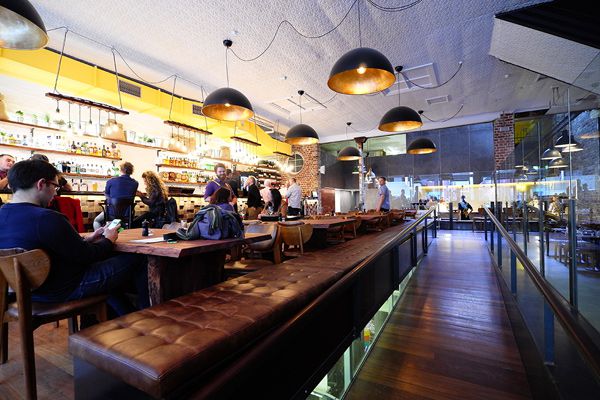
March 29th, 2016
A case in point is provided by arguably one of Australia’s most shameful examples of the treatment of the architectural process – the Sydney Opera House, designed by Danish architect Jørn Utzon and completed by Australian architect Peter Hall.
In 1956 the NSW Government called an open international architectural competition with no budget and a loose brief. The winning entry was by Jørn Utzon.
A change of government part way through the project turned into a maniacal witch hunt spearheaded by then Minster of Works, Davis Hughes, who questioned Utzon’s cost analysis, time delays and ultimately his design.
Pressure from the Minister, along with the government’s refusal to pay the due architectural fees, resulted in Utzon’s resignation in February 1966.
The controversial building, which would go on to be one of the most recognisable in the world, cost a lot of money at the time. There is no denying that.
The poignant question is, was it and has it been “value for money?”
Did it, and does it still, provide a significant return on investment? Does the world know not just Sydney but Australia for this building? What is the marketing value alone of this one building to the nation?
A common request/statement from landowners today is that they do not wish to over capitalise on their land, and I find this a perplexing statement at best.
Investing in an architect-designed solution for a home, tailored to personal requirements, will almost certainly enhance lifestyle on a day-to-day basis. Is this justifiably considered as over capitalising?
If, of a day, you leave work and long to return home, I would argue that the architect has done their job in crafting a series of spaces that meet your specific needs on a physical, social, emotional and dare I say spiritual level. What else are you saving your money for?
When you visit a cafe, restaurant, hotel, gallery, or just about any public building that evokes a reaction and/or emotion, you have been impacted by that space. This has an important positive or negative value that is not immediately considered financial.
There is the notion of the conscious or unconscious tendency to return and spend money thus providing a financial return on the original investment of architecture, or NOT! It holds a social, ephemeral, physiological and cultural value beyond dollars and cents.
In July 2015, along with 200-300 design professionals and planners, I attended the “Built Environment Meets Parliament” round table conference, where discussion revolved around the potential impact of the built environment on the economic returns of WA as well as creating a sense of local identity. Much of the discussion focused on how we could generate a more interesting built form and a greater diversity of interesting architecture, with the aim of encouraging increased tourism interest within the State.
I recently visited the newly opened Elizabeth Quay in Perth, Western Australia and was delighted that our city has added another great public space to its collection. However, I overheard a number of people revealing their opinions that reflected the local newspapers account of the development, namely that it will be a shame when the proposed buildings are further advanced and that it should be left as an open space. I would argue that the buildings are a part of the puzzle that will activate the space and provide the vibrancy that it was designed for.
If the surrounding buildings are not developed, we could very well end up with the same empty space that used to be grass.
The proposed structures will provide the critical mass of foot traffic that is required to enliven and enrich this newly created space. A vision is almost impossible to be realised in part. Vision requires commitment and consistency. Had Jorn Utzen been able to complete the Sydney Opera house would the return on investment be the same? Would it have been finished sooner and at a lower cost? We will probably never know.
What professionals other than architects have the vision, commitment and technical ability to realise such revolutionary iconic structures?
And what is the true cost of poorly designed spaces that humans inhabit?
In my opinion, the architect’s role is “to sculpt space for human habitation”!
We can only hope that all new and retrofitted buildings will push the boundaries of architecture and engineering with an understanding of long term return on investment on multiple levels. This return on investment is in the interest of humanity, so let’s all be positive, have a conversation with an architect, go out and experience great buildings as well as terrible buildings. Really think about the quality of the space you choose to inhabit above its size and financial cost alone. Consider the options and live every day.
Lantern Creative
lanterncreative.com.au
INDESIGN is on instagram
Follow @indesignlive
A searchable and comprehensive guide for specifying leading products and their suppliers
Keep up to date with the latest and greatest from our industry BFF's!
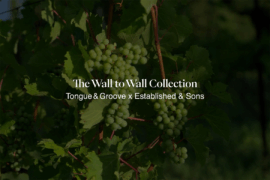
London-based design duo Raw Edges have joined forces with Established & Sons and Tongue & Groove to introduce Wall to Wall – a hand-stained, “living collection” that transforms parquet flooring into a canvas of colour, pattern, and possibility.
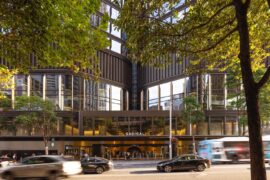
Rising above the new Sydney Metro Gadigal Station on Pitt Street, Investa’s Parkline Place is redefining the office property aesthetic.

Have you ever felt like your cat or dog wasn’t just a pet, but a member of the family? It’s exactly that focus that led IKEA to make the comprehensive LURVIG pet product range.
Gaggenau held the first-ever White Truffle Hunt in Singapore, and possibly the world, on Thursday 27 October. The event was conceived to celebrate the launch of the CX480 full surface induction hob. 5 lucky winners and their guests were picked to experience a truffle-centric journey of the senses, which culminated in a gala dinner on the rooftop of Customs House.
The internet never sleeps! Here's the stuff you might have missed
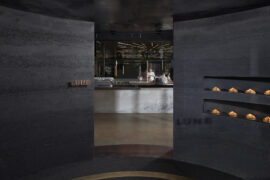
Cieran Murphy has been awarded The Photographer – Commercial at the INDE.Awards 2025. His work on Lune Rosebery captures the immersive design and storytelling of the space, highlighting the interplay of form, material and atmosphere in this contemporary culinary destination.
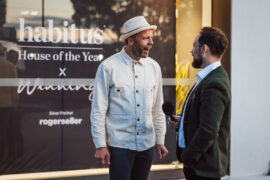
Phillip Withers joins the podcast to discuss landscape design in relation to Country, place and European notions of control, as well as his part on the Habitus House of the Year 2025 Jury.